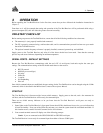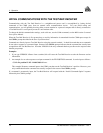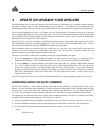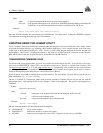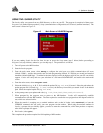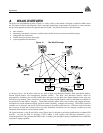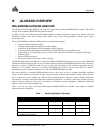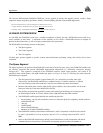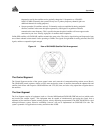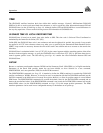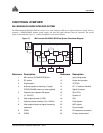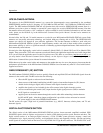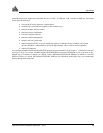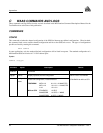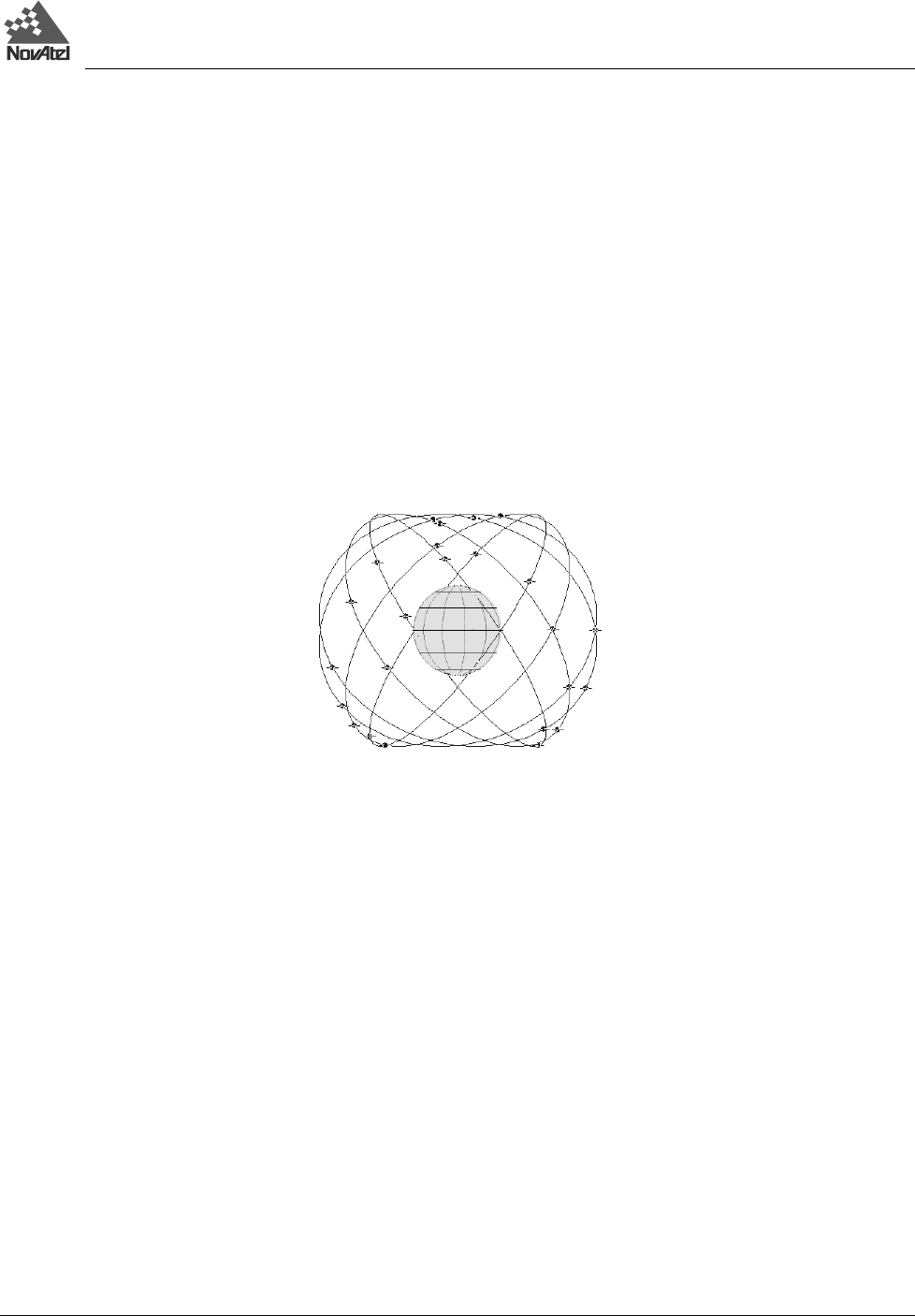
Appendices
Test Bed Receiver Subsystem Addendum – Rev 1 25
frequencies used by the satellites and to gradually change the L1 frequencies to 1598.0625 -
1609.3125 MHz. Eventually the system will only use 12 primary frequency channels (plus two
additional channels for testing purposes).
• System operation (24 satellites and only 12 channels) can be accomplished by having antipodal
satellites, satellites in the same orbit plane separated by 180 degrees in argument of latitude,
transmit on the same frequency. This is possible because the paired satellites will never appear at the
same time in your view. Already, eight pairs of satellites share frequencies.
Unlike GPS satellites, all GLONASS satellites transmit the same codes. They derive signal timing and frequencies from
one of three onboard cesium atomic clocks operating at 5 MHz. The signals are right-hand circularly polarized, like GPS
signals, and have comparable signal strength.
Figure 14 View of GLONASS Satellite Orbit Arrangement
The Control Segment
The Control Segment consists of the system control center and a network of command tracking stations across Russia.
The GLONASS control segment, similar to GPS, must monitor the status of satellites, determine the ephemerides and
satellite clock offsets with respect to GLONASS time and UTC (SU) time, and twice a day upload the navigation data to
the satellites.
The User Segment
The User Segment consists of equipment (such as a NovAtel MiLLennium-GLONASS GPSCard receiver) which tracks
and receives the satellite signals. This equipment must be capable of simultaneously processing the signals from a
minimum of four satellites to obtain accurate position, velocity and timing measurements. Like GPS, GLONASS is a dual
military/civilian-use system. Selective availability, however, will not be implemented on GLONASS C/A code. The
system’s potential civil applications are many and mirror that of GPS.



